Healthy Fats and Bad Fats
CHOOSING HEALTHY FATS
The reason I wanted to emphasis, choosing healthy fats, what fats to use is because as I was coming home from my last camping adventure, I received a text from my good friend who wanted to know if pumpkin seed oil was healthy.
There is so much misinformation out there about canola oils and seed oils, neither of which I have in my home for a reason.
Good Fats
This is the component you want to increase the most (while decreasing carbohydrates) to help protect against heart disease. Especially important are saturated fatty acids (SFAs). Saturated fats like coconut oil, butter, ghee, tallow and lard are protective against oxidation and inflammation and have many other important health benefits. I will have a post on fats coming soon to expand on this topic in greater detail. Studies like This one published in the Journal of Nutrition 2004 showed that saturated fat from MCT oil (medium-chain fats similar to those in coconut oil) and beef tallow reduced alcohol-induced liver damage when substituted for polyunsaturated corn oil.
In fact, they replaced 20 percent, 45 percent, or two-thirds of the corn oil with saturated fat and found that the more saturated fat they used, the greater the protective effect. So saturated fat can be protective against one of this biggest risk factors for CAD, fatty liver disease. Here is another recent study showing the protective affects of coconut oil. There are several good oils that can be very helpful in reducing your CAD risk. Also, the higher the saturated fat content the better. Here are the best oils:
- Coconut oil: 1.9% PUFA (92% saturated fatty acids (SFA)
- Palm kernel oil 2% PUFA, (82% SFA)
- Cocoa Butter: 3% PUFA (60% SFA)
- Beef Tallow: 3.1% PUFA (49.8% SFA)
- Ghee: 4% PUFA (48% SFA)
- Butter: 3.4% PUFA (50% SFA)
- High Oleic Sunflower oil (9% PUFA)
- Macadamia oil: 10% PUFA (15% SFA)
- Avocado oil: 10% PUFA (11% SFA)
- Lard: 12% PUFA (with 41% SFA)
- Duck fat: 13% PUFA (with 25% SFA)
- Hazelnut Oil: 14% PUFA (with 10% SFA)
- Almond oil: 17% PUFA (with 8.2% SFA)
- Olive oil: 9.9% PUFA (with 14% saturated fat) (although this one should never be used for cooking which will cause oxidation. So only use in dressings, etc.)
So we should be consuming lots of these oils in order to reduce our CAD risk (as well as a huge number of other health benefits). Many studies have shown that the higher the saturated fat intake in the diet leads to less fat in the bloodstream (source). Where as the same study showed that low fat diets where carbs were high, had higher fat in the bloodstream.
There are two kinds of fats that should be avoided. The most inflammatory fat is Trans Fatty Acids (transfat). Transfats are one of the worst substances we can consume for our overall health. There are many studies that show the heart disease and cancer risks of transfat (source, source, and many more for cancer, source and source). Even the FDA has stated that “Further reducing trans fat consumption by avoiding artificial trans fat could prevent 10,000-20,000 heart attacks and 3,000-7,000 coronary heart disease deaths each year in the U.S.” Here is a list of transfats to avoid:
- Margarine
- Vegetable Shortening
- Ingredients that list Hydrogenated (fully or partially) Oils
Poly Unsaturated Fatty Acids (PUFA’s) are also bad oils as they are easily oxidated. This means they are very susceptible to oxidative damage, the thing that increases our CAD risk. There are many PUFA oils and here is a short list:
- Hempseed oil: 78% PUFA
- Grapeseed oil: 70.6% PUFA
- Sunflower oil: 68% PUFA
- Flax oil: 66% PUFA
- Safflower oil: 65% PUFA
- Soybean oil: 60% PUFA
- Corn oil: 54.6% PUFA
- Walnut oil: 53.9% PUFA
- Cottonseed oil: 52.4% PUFA
- Vegetable oil (soybean oil): 51.4% PUFA
- Sesame oil: 42% PUFA
- Peanut oil: 33.4% PUFA
- Canola oil: 19% PUFA
What has happened over the last 100 years is a huge increase in PUFA consumption and a reduction in other good fats (like saturated fat). Here is a chart showing the increase in PUFA consumption in the US.
It is my belief that this is a big contributor to our increase in heart disease. So it is imperative to reverse this trend if we want to reduce the incidence of heart disease.
Note: PUFAs are essential fatty acids, so we do need them in our diet. When it comes to PUFAs, the type and how you handle them is very important. When using PUFAs, try to use them without heating too much (salad dressings, etc) to keep them from being oxidized and store them in the refrigeration to keep them from getting rancid (omega-3s like fish oil, flax, etc).
The ratio of Omega-3s to Omega-6s should be closer to 1-to-1, but today many people eat a 1-to-20 or even 1-to-50 ratio of Omega-3s to Omega-6s. Omega-6s are also inflammatory when consuming too many and Omega-3s are anti-inflammatory. It is important to make dietary fat intake from more saturated fats and less PUFAs and make the PUFAs we do eat a ratio closer to 1-to-1 of Omega-3s to Omega-6s. (Lots more about this Here)
Summary
There are many things you can do to reduce your risk of coronary artery disease (CAD). Some of these are obvious (quit smoking, reduce stress, increase physical activity). But nutrition can be the largest factor (preventing as much as 90% of heart attacks). The biggest nutritional contributor to CAD risk is sugar. High fructose corn syrup and fructose are particularly bad but all sugars will contribute and should be eliminated as much as possible. Other starchy foods also contribute to oxidative damage and inflammation so keep starchy food consumption as low as possible also helps CAD risk. Lastly, the good fats (saturated fats, coconut oil, MCT oil, ghee, butter, tallow and cocoa butter) are very protective against oxidative damage and inflammation and should be consumed in high quantities in order to reduce your risk of CAD. The bad fats are the trans-fats should be completely avoided. PUFA’s should be limited and kept at a 1-to-1 ratio with Saturated fats or less.
Eating lots of good fats, moderate amounts of protein and very low carbs (especially sugars) are the best ways to reduce your CAD risk. In addition supplementing with CoQ10 can help decrease oxidation and improve heart health.
TESTIMONY OF THE DAY
“Together we’ve lost over 200+ pounds! We’ve been following Emmerich Keto for 4 years. And as of July 2021 have become one of Maria Emmerich’s’ Certified coaches!!
And my whole family feels the same about you guys!
If it weren’t for your Personalized Health Assessments & recommending certain lab-work we never would’ve known about my middle daughter’s thyroid issue! So…what a blessing YOU are Maria!
I also have a 12 year old son that wanted your Sugar Free Kids cookbook just because of your boys helping in your YouTube videos!” Mandy
Most people I consult are doing keto totally wrong. Get fast results with the my Mind-blowing Keto School!
Click HERE to check out my supplement plans!


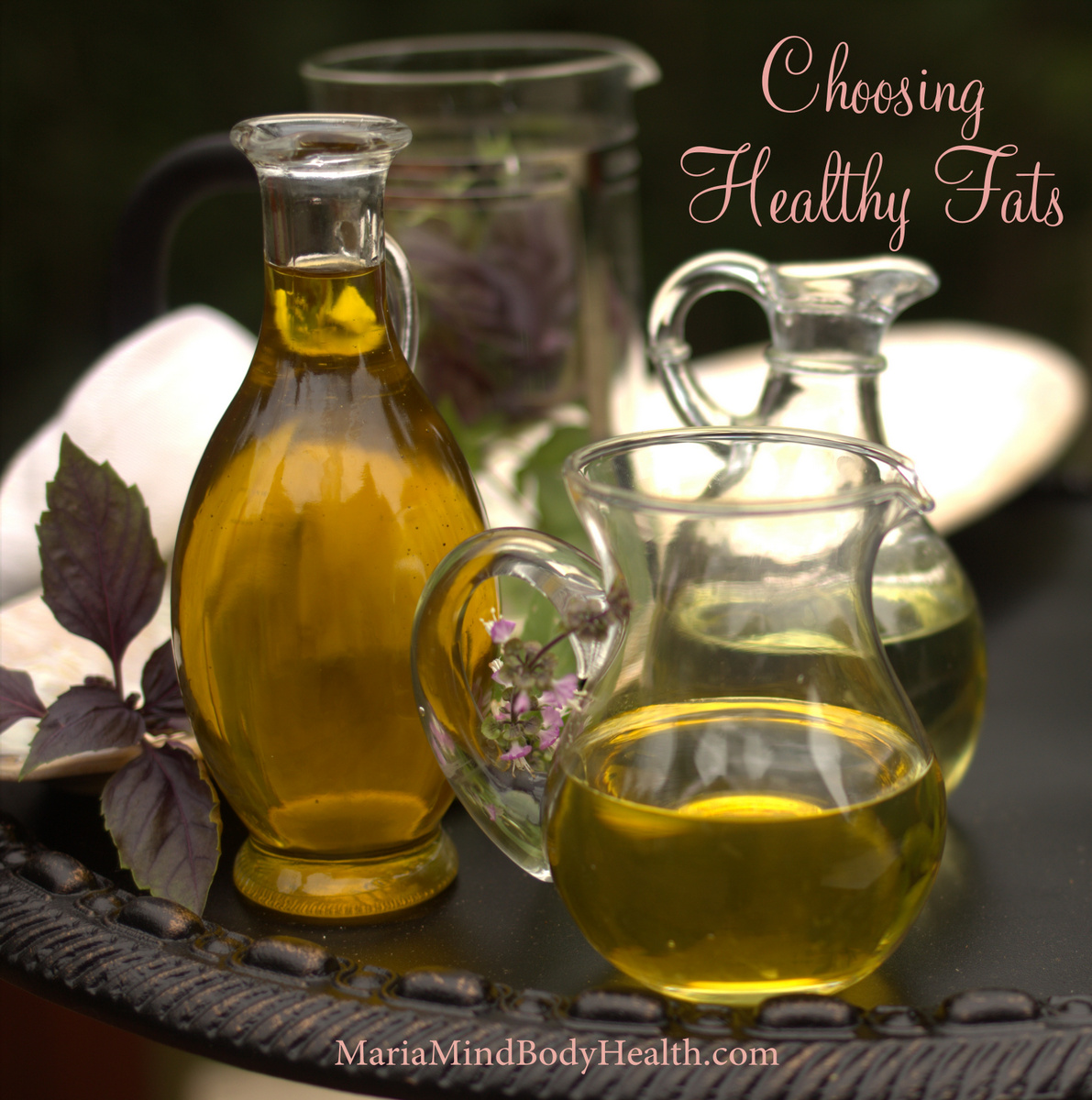
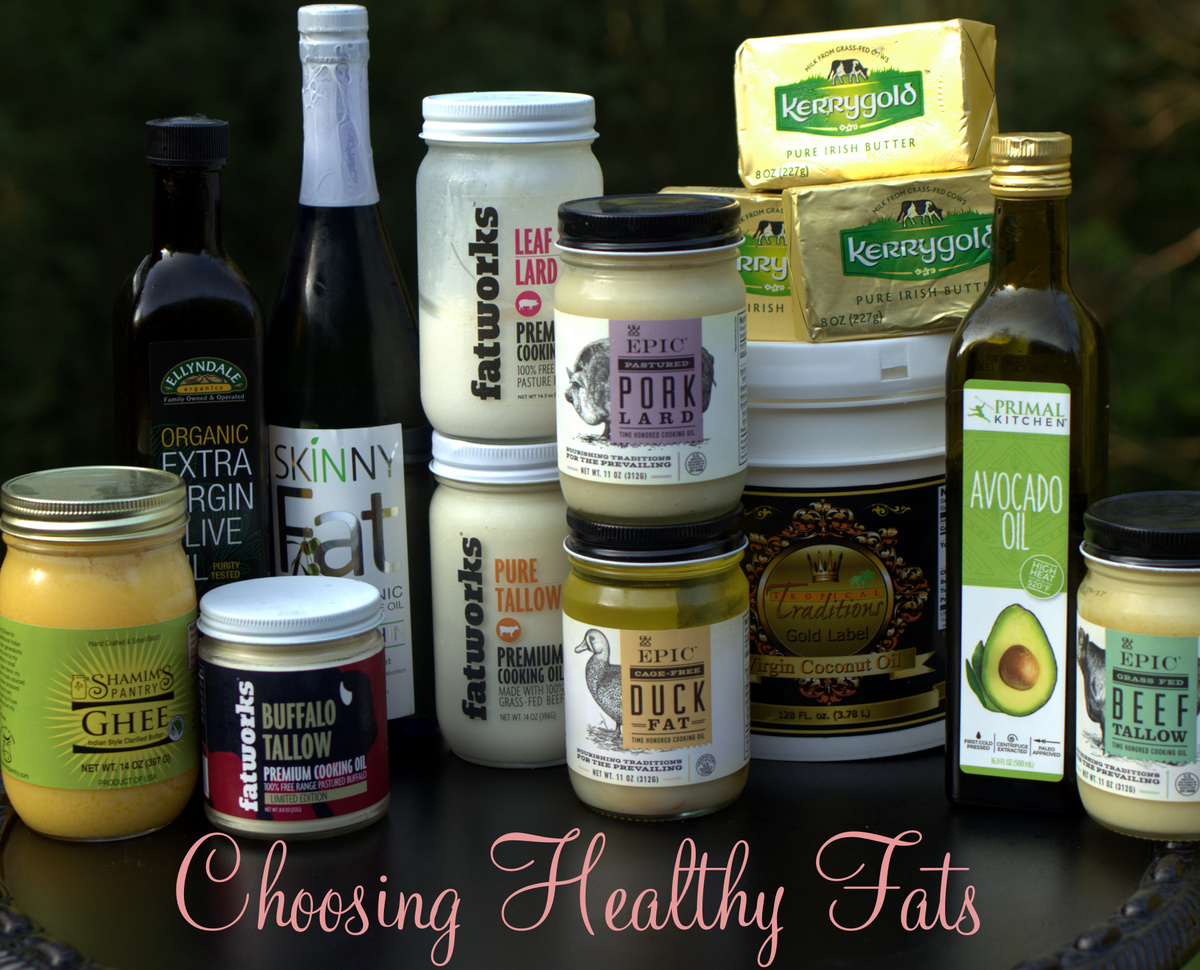
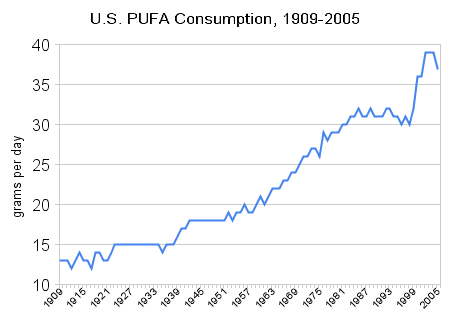

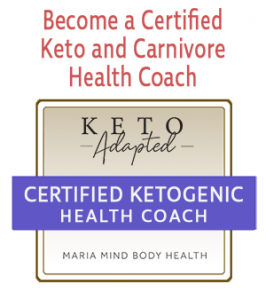

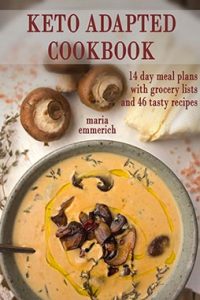

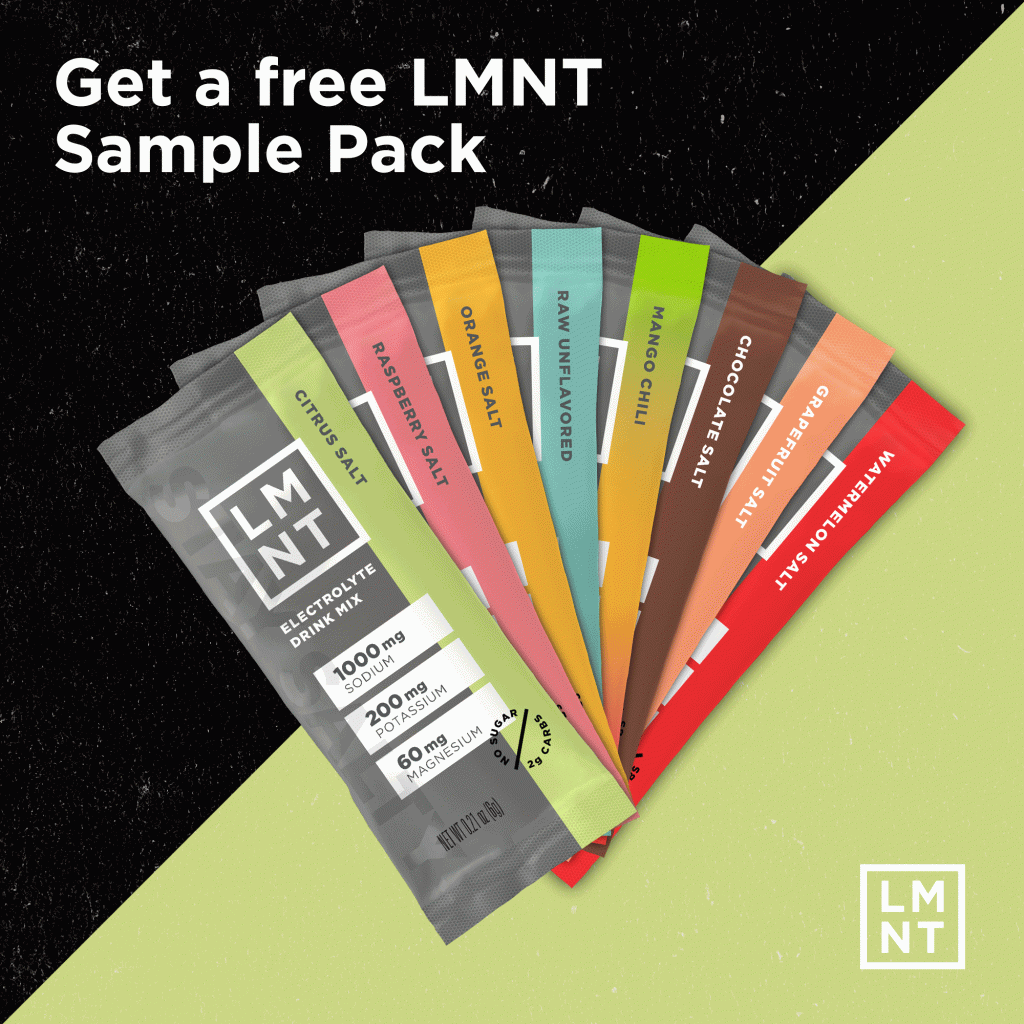


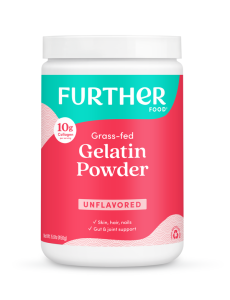




Great article Maria! Thank you so much for sharing. I’ve been listening to all your audio books and have purchases most of your cookbooks now. Love them! I’m in the middle of the Keto Adapted Audio Book right now. The accompanying PDF does not have a list of all the supplements you recommend throughout the book…I was hoping you could lead me to a post or a list of all the supplements you recommend without me having to purchase the hard copy. Thank you for all your great work!
Thank you!
This may help: http://mariamindbodyhealth.com/top-10-supplement-mistakes/
Very insightful, as always. I’m surprised to find that lard has higher PUFA than macadamia nut oil!
Where does smoke point come into play? Are there certain MCT oils that should only be for cold uses since they have a low smoke point? I was thinking that meant it would oxidize if heateded too high, is that right? I used to use macadamia nut oil for sautéing but can’t find a good source any more. So I’ll use avocado or coconut oil…. Or do you recommend cooking with MCT oil, if so, can you send the link to the one you use? Thanks!!!!!
Yes, if an oil is heated above its smoke point it begins to oxidize. So for coconut oil and MCT oil that is about 350 degrees F. For deep frying try ghee, avocado oil, peanut oil or tallow.
Thank you!!
How come we can use peanut oil for frying but it’s listed with the PUFA’s which are easily oxidated? Are all the oils in that list ok if they’re not heated too much? Or are those oils bad period? Thanks!
Yes, it would be much better to use lard or tallow for frying. 🙂
Thanks for thr reminder
Can you cook with Bacon Grease?
Thank You !!
Yes!
Thanks so much for this information! I have learned so much from you!!
Thanks!
Hi Maria just want to ask if olive oil is not extra vigin, can I use it for sauteing food? Thank you
No. I would use avocado oil.
Hi Maria,
I was looking for High Oleic sunflower oil and found an organic brand. The label says unrefined but it also mentions deodorized? I was wondering, can an oil be deodorized and unrefined??? Can you recommend a brand please?
Thank you so much!!!
Well, I think it would be better without that but should still be an ok option. 🙂
Great info! I was looking for healthy whole food fats, like avocados, olives. Something other than fats used for cooking, dressings and marinades. Thanks!